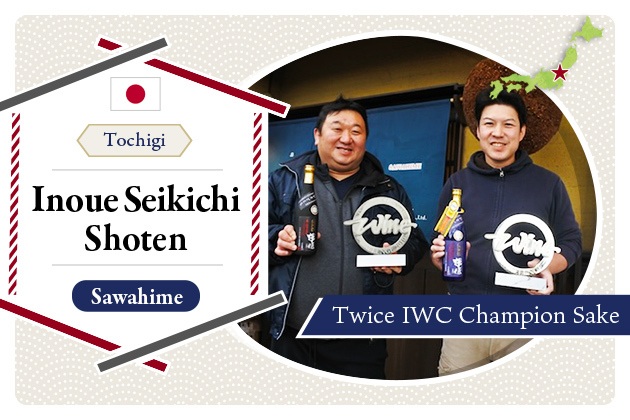
2024.04
10
Differences between Pressing Stages: Arabashiri, Nakadori, and Seme
You may see the same brand of sake with different labels such as "Arabashiri," "Nakadori," or "Seme" (blame). Curious to know what the differences are and the meaning behind these terms and how they affect sake? In this article, you will learn how each of these brewing techniques is different and how it impacts the character of the sake.
Difference in the pressing fraction
To explain the differences between the three fractions, let us first review the sake production process. Sake is made by pressing the moromi mash, which is made by fermenting rice, rice koji, and water with the effect of yeast. In some cases, sake is fractioned during the pressing process, and is classified as arabashiri, nakadori, or seme depending on the fraction of the pressing. The aroma and taste of the same moromi differ depending on the fraction of the pressing, and the alcohol content also varies slightly by tenths of a degree (e.g., 0.2 to 0.3 degrees).
The following article explains the pressing process in detail.
Arabashiri: the first fraction of the pressing
Arabashiri is sake that has naturally flowed from the weight of the moromi mash and gravity, without pressure from the pressing machine. When moromi is pressed in a traditional vat, the mash is placed in bags and stacked on top of each other. The arabashiri is the free-run sake that runs out due to the weight of the mash and gravity. This free-run sake that is allowed to naturally filter through the bags without the aid of a machine is called arabashiri.
Since it is the first part or fraction of the pressing, it is the freshest, most aromatic, and most impactful sake, with the brashness of the moromi remaining. The color is not clear, but rather slightly cloudy, and the alcohol content is slightly low. Because it can only be produced in small quantities, it is highly prized. In particular, arabashiri nama used to be a special sake known only by brewers.
Nakadori: the middle fraction of the pressing
After the arabashiri sake has flowed out, the sake is pressed using moderate pressure, creating the second fraction known as nakadori. Nakadori accounts for the majority of sake made in a single tank. It is said to be the "best part" of sake because of its clear color and well-balanced aroma and flavor. Nakadori sake, known for its stable quality, is also used for sake competitions. In addition to the term nakadori, this fraction can also be called nakadare or nakagumi.
Seme: the last fraction of the pressing
Seme is the final fraction and it is obtained using most pressure. Contrary to arabashiri, the alcohol content is slightly higher, making it a more robust sake. The ingredients in the moromi are concentrated in the sake, giving it a deep, rich flavor.
Tastes that change at the pressing stage
The following is an introduction to the differences in taste and characteristics of arabashiri, nakadori, seme. Please refer to this page when selecting the sake that is right for you.
Arabashiri
Recommended for those who want to enjoy fresh and aromatic sake or those who want to enjoy nama. Since it is the first sake to be served, the taste is a little brash, but the fresh aroma and powerful flavor are unique to the first pressing and will captivate you.
Nakadori
Nakadori is recommended for those who want to enjoy a balance of aroma and flavor. After the initial and brash arabashiri fraction has been bottled, the quality of sake settles down and has more balance. It has high clarity and a beautiful appearance.
Seme
For those who want to enjoy a rich flavor and feel a sense of strength, we recommend the seme fraction. Because the sake is pressed with great force, it can be intense, but it also has a complex flavor and a sharp and refreshing taste.
How to enjoy sake at different stages of pressing
Even the same brand of sake has a different taste and aroma at each stage. Compare and experience them for yourself!
Pickup Articles
2019.01.18
2019.01.25
Trending Articles
Popular Articles
Recent Articles













